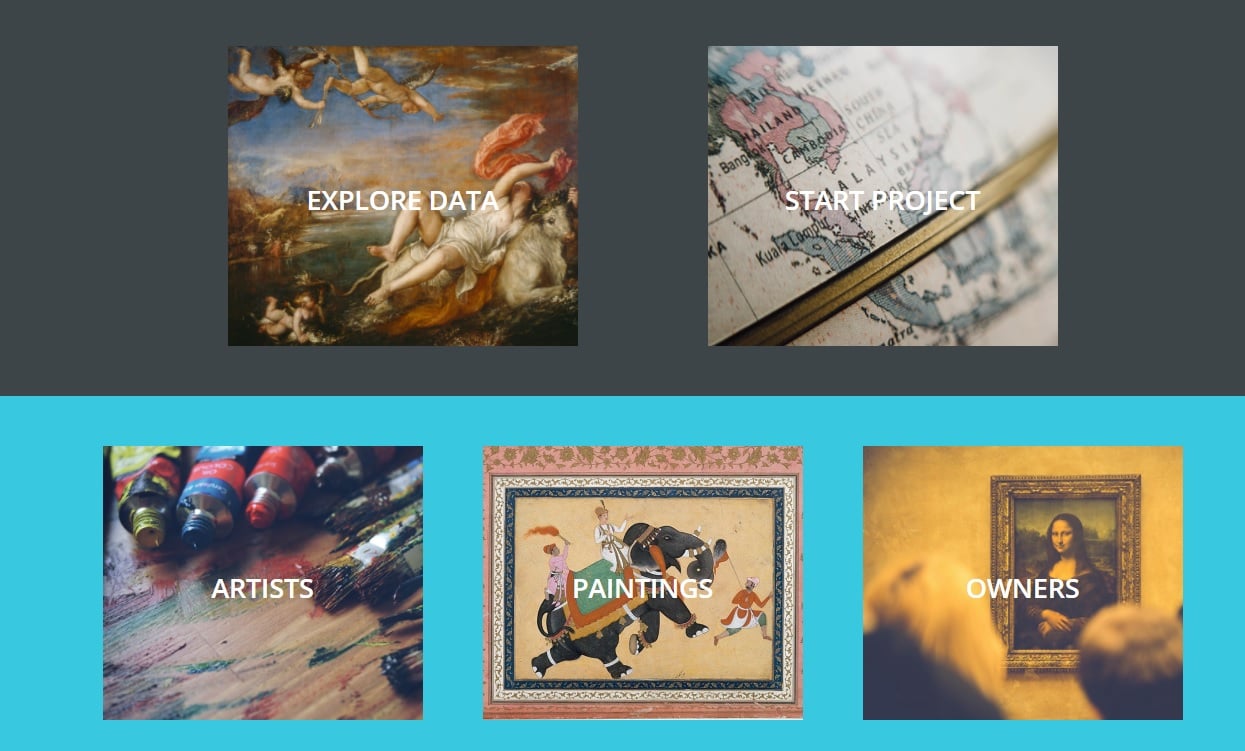
Ever wondered where an artwork has been before it ends up in the museum? Now, the new website Mapping Paintings allows users to visualize artwork origin stories. The open-source platform lets you search for particular artworks and offers up a visual representation of their journey towards their current location.
Mapping Paintings is the brainchild of history of art and architecture professor Jodie Cranston, who adapted the idea from a prior project titled Mapping Titian, which tracked the movements of the Italian master’s oeuvre.
“I think that many visitors to museums don’t realize that these artworks had interesting lives before they arrived on the museum walls, and it’s neat to think about what these artworks witnessed and who else saw them,” Cranston told Hyperallergic. “It deepens the viewing experience and brings history to life.”
More often than not, the lifespan of a painting surpasses that of its original owner. As the years go by, artworks change hands, pass through private collections, are loaned to museums, or hit the auction block. These complex migrations are hard to follow and tracing their footprints all the way back to the artist can be a nightmare for art historians and dealers alike.
The information hub was developed by the software team at Prela, LLC; and funded by Boston University and the Kress Foundation, who have been working on the digitization of artworks and art information for years.
The target user base for the site is art historians, because Cranston saw a need for a platform where provenance data drawn from catalogs and museum websites was compiled in one place. Scholars can easily access or upload data about any artwork to the library or develop their own projects; bespoke maps with a particular focus, for example, to see where the works of one artist have traveled, or to compare the maps of artworks from a similar region.
But provenance data isn’t just useful to academics; details of previous owners, or an artwork’s exhibition at a celebrated venue can be important in the context of a sale. The disputes that make up the majority of art litigation generally concern questions of ownership, authenticity or value. Ownership can be contested in the context of Nazi-looted works for example, and inaccurate or incomplete provenance data can shed light on forgeries making the rounds at auction. Alternatively, a high-profile owner or a tenure at a prestigious institution could add value to an artwork.